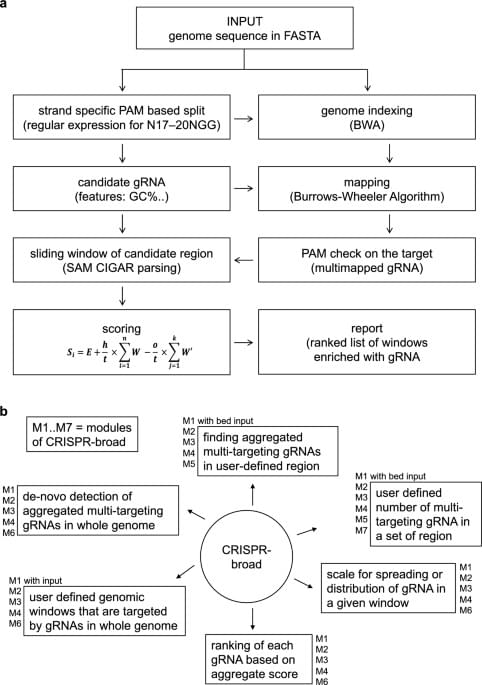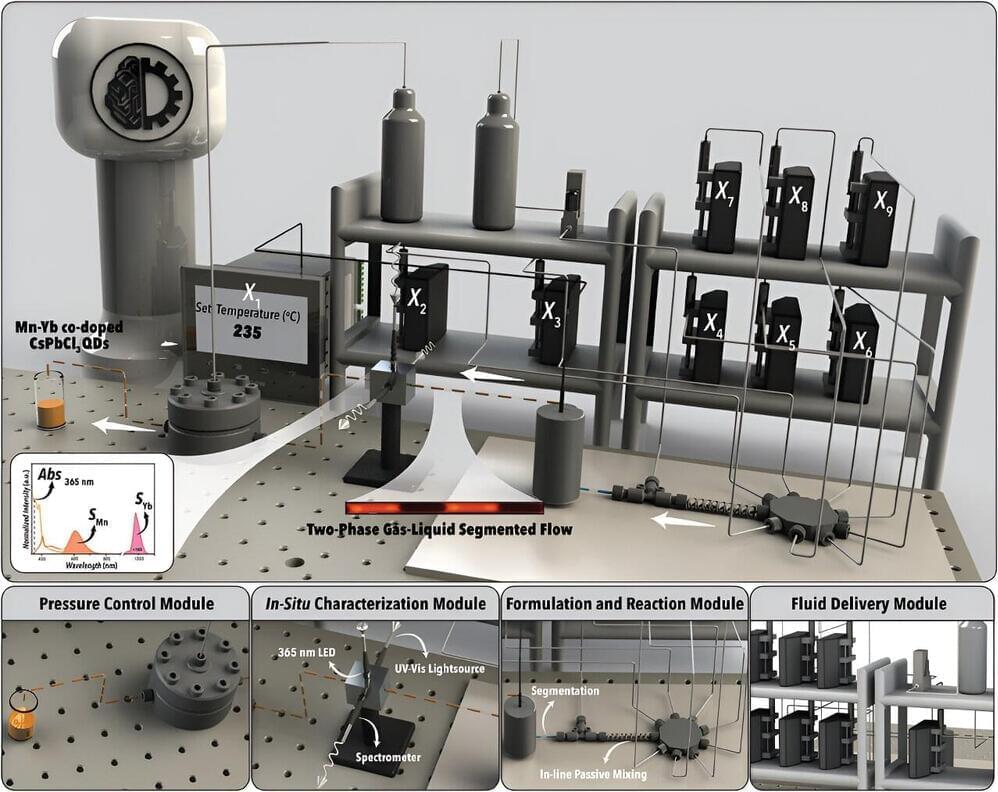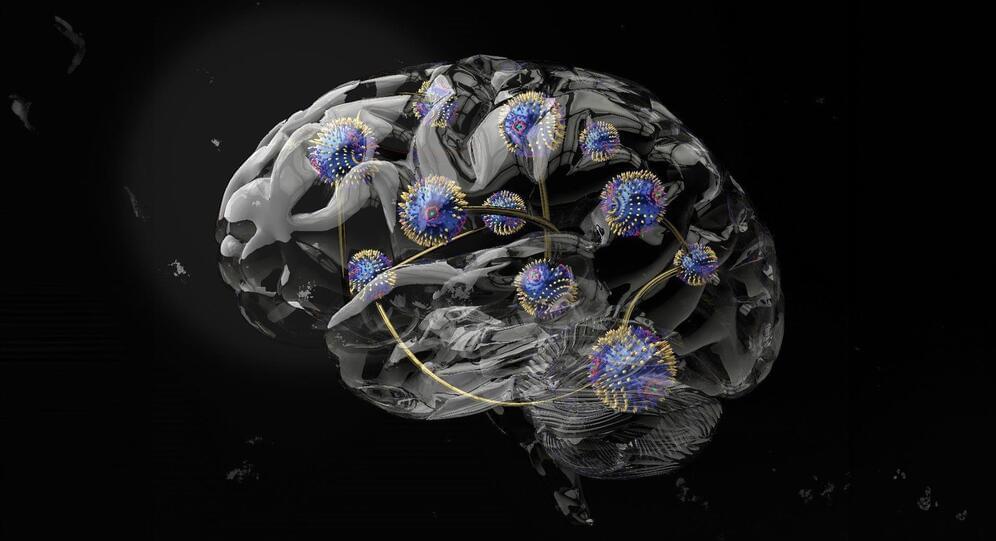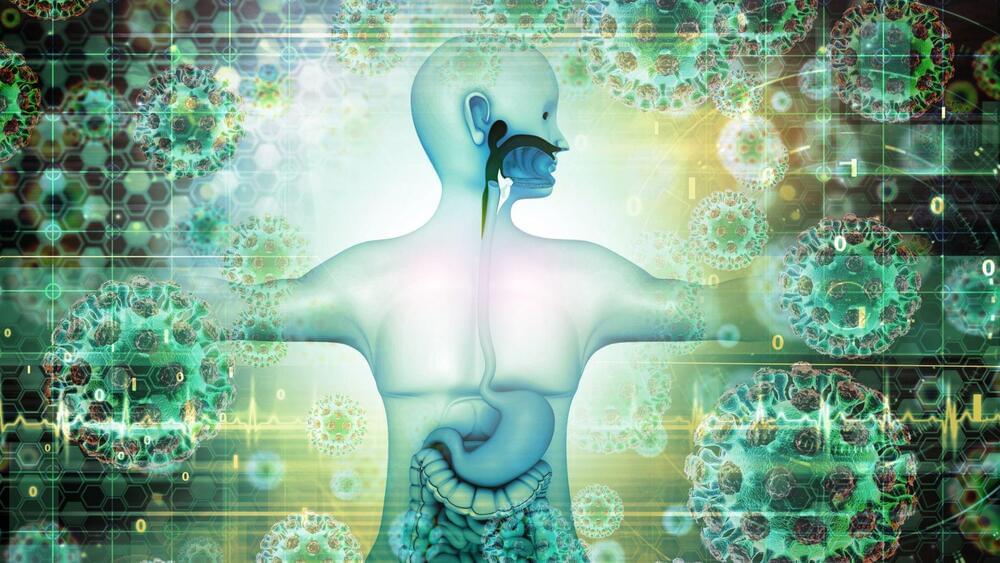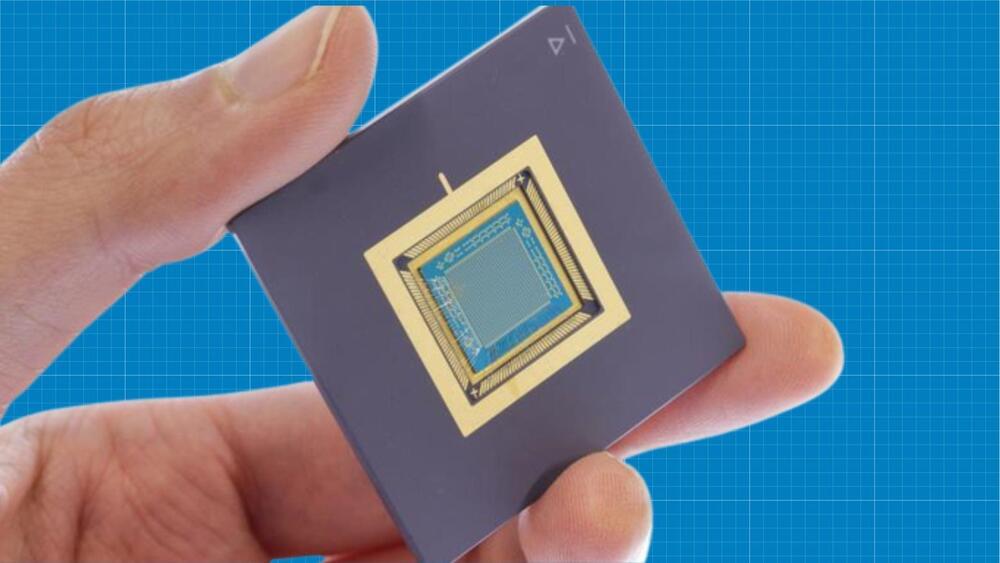Nov 13, 2023
Tracking down quantum fluctuations of the vacuum to explore the limits of physics
Posted by Paul Battista in categories: particle physics, quantum physics
Absolutely empty—that is how most of us envision the vacuum. Yet, in reality, it is filled with an energetic flickering: the quantum fluctuations.
Experts are currently preparing a laser experiment intended to verify these vacuum fluctuations in a novel way, which could potentially provide clues to new laws in physics. A research team from the Helmholtz-Zentrum Dresden-Rossendorf (HZDR) has developed a series of proposals designed to help conduct the experiment more effectively—thus increasing the chances of success. The team presents its findings in Physical Review D.
The physics world has long been aware that the vacuum is not entirely void but is filled with vacuum fluctuations—an ominous quantum flickering in time and space. Although it cannot be captured directly, its influence can be indirectly observed, for example, through changes in the electromagnetic fields of tiny particles.
